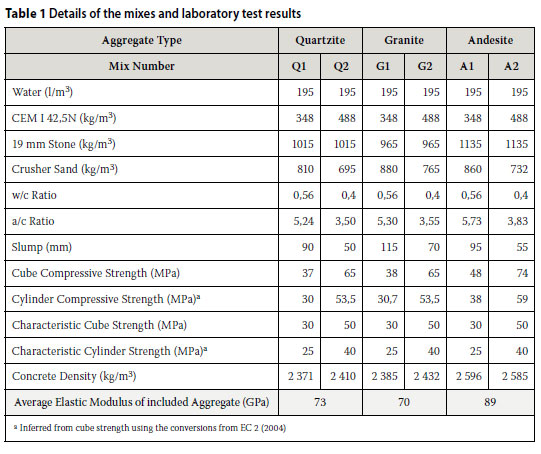Concrete is an artificial stone-like (construction) material, which was used by Egyptians and Romans. As binder was usually lime or trass used.
 It is now made with 1 part of cement, 2 parts sand, 3 parts of gravel. In volume, the ratio is 1-3-5. The water is about one-tenth of the solid particles. It is usually poured into a mold and reinforced with a reinforcement of (concrete) iron or rebar (short for reinforcing bar).
It is now made with 1 part of cement, 2 parts sand, 3 parts of gravel. In volume, the ratio is 1-3-5. The water is about one-tenth of the solid particles. It is usually poured into a mold and reinforced with a reinforcement of (concrete) iron or rebar (short for reinforcing bar).
It should not freeze before it is cured, that stop the process.
It should not dry out, then you get a soft (not reacted) surface.
To prevent concrete from drying it is covered with plastic for example, or you are misting or let it stand in the formwork.
Of concrete tiles, pavers, concrete blocks, piles.. are made.
The hardening of cement is a chemical reaction that requires the right amount of water, filler and cement. In the water-filled pores between the cement grains, crystals grow into each other into a dense structure that also connects the sand and gravel grains. Concrete does not become hard or tacky by drying!
A concrete floor for private homes must be 10 to 12 cm thick.
To catch work and shrink, cuts are made (at the right time, 3 to 4 cm deep, possibly flexible sealed later). Square boxes with a side of maximum 4 m are ideal.
If concrete dries too quickly on the surface, cracks and / or a dusty and porous surface appearce because the cement could not react (enough).
Concrete that is a bit hard, may not be moved, that breaks the existing bonds irreparable.
With a floor plate larger than 35 m2 or more than 8 meters, or a transfer to another material you need to provide expansion joints in the concrete (grinding, or a plate compressible material molded in).
Prestressed concrete is concrete where the reinforcement is prestressed and placed in the concrete under tensile force. Therefore, the concrete can carry a higher load.
Decay of concrete: carbonation is caused by the penetration of carbon dioxide (CO2) from the air, or from chloride (sea climate, or places with a lot of road salt). The protective iron oxide layer around the reinforcing steel is broken: the large amount of rust causes expansion, which can crack concrete.
The chance of carbonation decreases by choosing a low water / cement factor, and placing the reinforcement relatively deep for better concrete coverage. (And do not use the hardening accelerator calcium chloride.)
Treatment: remove the affected concrete to the stable reinforcement. Use a special primer to prevent further rust formation. If necessary, partially apply new reinforcement. Replace concrete.
